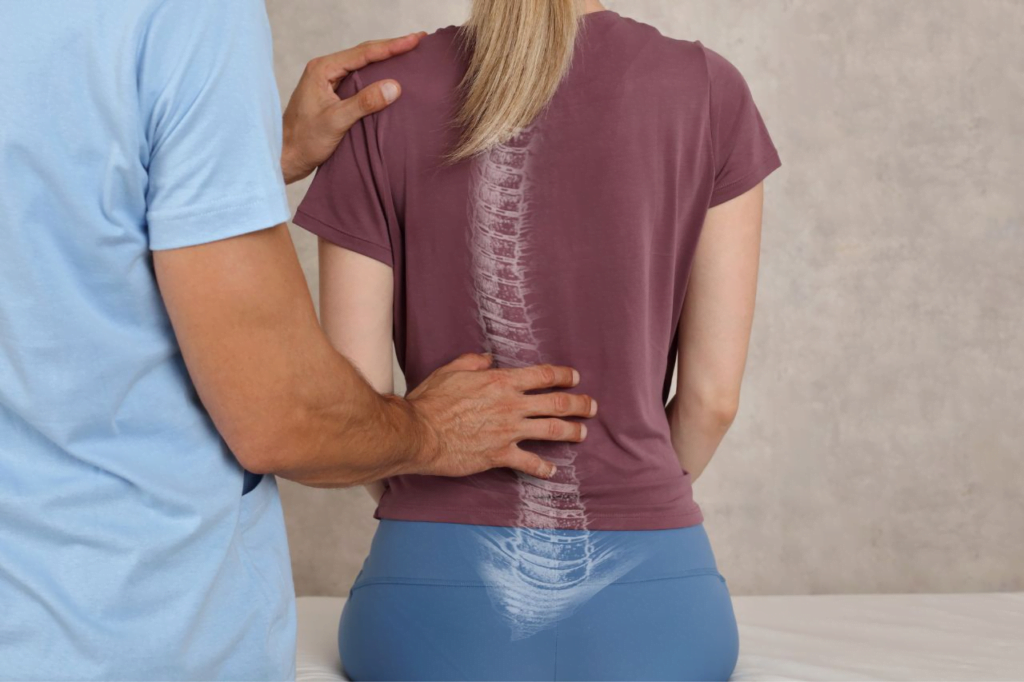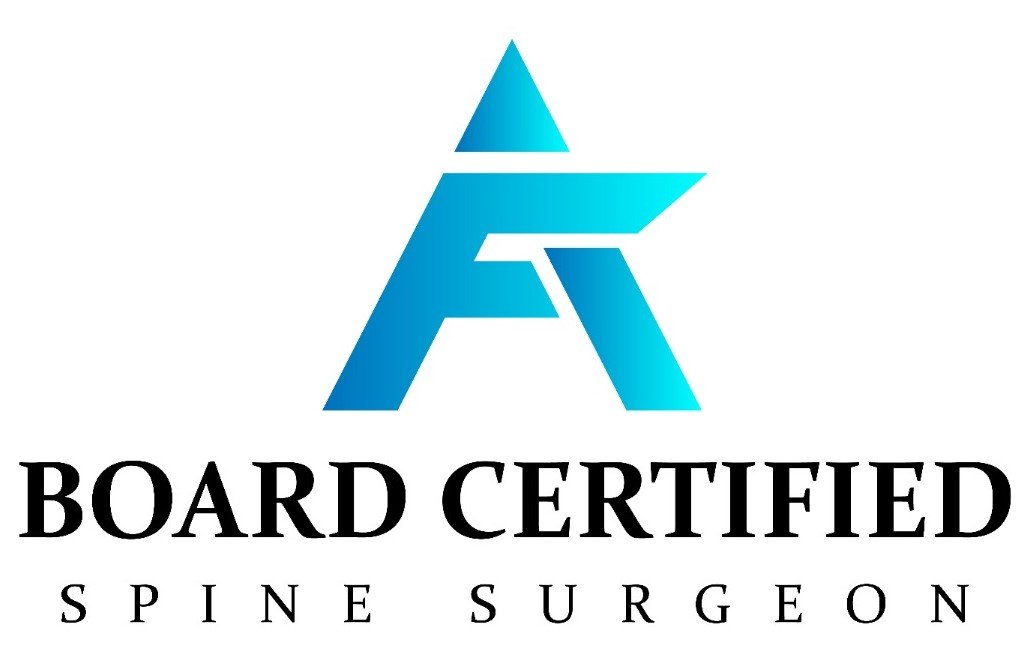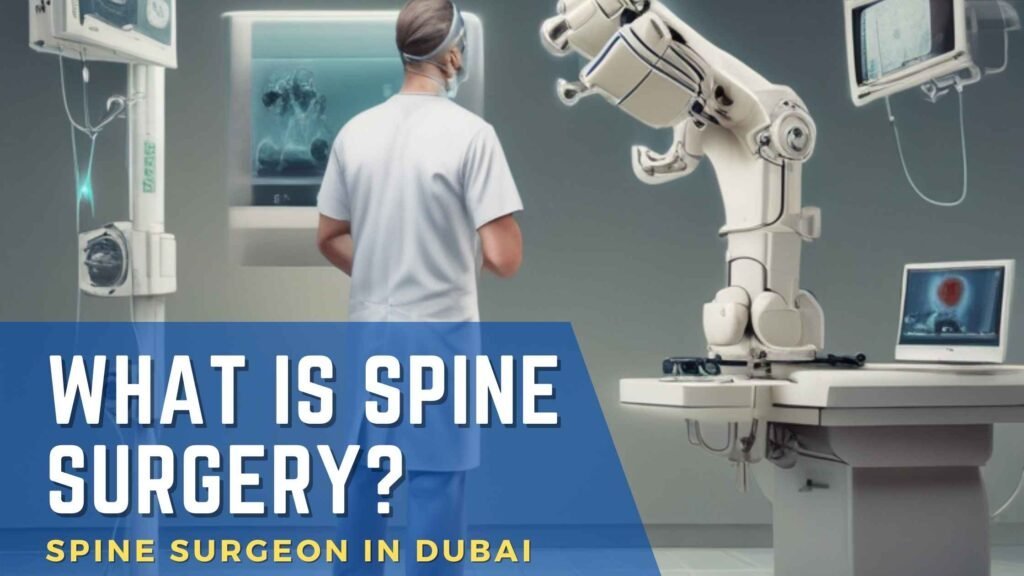What is scoliosis?
Scoliosis is an abnormal curvature of the spine. The spine has a natural forward-and-backward curvature. Scoliosis causes the spine to rotate and create a side-to-side curvature. Curves might be as gentle as ten degrees or as severe as one hundred degrees or more.
Most scoliosis cases do not require treatment. The degree of the spinal curve in adults may or may not influence treatment. Treatment is aimed at alleviating symptoms rather than fully correcting the curvature. The goal is always to reduce discomfort while improving function.

What causes scoliosis?
Adult scoliosis causes differ based on the type of scoliosis. Adult scoliosis is most commonly degenerative (the spine curves as you age). Adult scoliosis could be an instance of pediatric scoliosis that went undetected until maturity.
Adolescent scoliosis may cause symptoms with age and necessitate treatment in some circumstances.
Idiopathic (caused by an unknown factor) scoliosis is frequently detected during childhood or adolescence.
Understanding what causes scoliosis is crucial for both prevention and treatment options. The condition can be managed efficiently by identifying potential risk factors early on.
Signs and symptoms of scoliosis
Most adult scoliosis cases do not cause symptoms, though pain may develop. Back pain is caused by a variety of factors, including arthritis, inability to stand upright, and/or weakness of the core musculature, and lack of conditioning. Leg pain/numbness/weakness may arise if the nerves in the lumbar spine are compressed.
In some circumstances, bodily changes may include:
- Gradual loss of Height
- Uneven alignment of the pelvis and hips
How is adult scoliosis diagnosed?
Diagnosing adult scoliosis can be a complex process involving medical history, physical examination, and diagnostic tests.
If adult scoliosis is detected, your doctor may take a history before recommending scoliosis treatment. This may involve inquiries about:
- Family history
- The date when you first detected a difference in your spine
- Curve progression (with the help of X-rays)
- Pain presence and location, if any
- Any bladder, bowel, or motor dysfunction that could indicate more significant nerve injury or pressure caused by scoliosis
During a physical exam, the doctor will examine your back to determine the structure of your spine and how you move. Reflex, sensory, and muscle-strength tests may also assess your nerves.

Scoliosis treatment – What are your options?
Conservative Treatment
Medication:
- Over-the-counter pain medications to manage pain
Exercise:
- Core-strengthening exercises for the abdomen and back
- Low-impact exercises like swimming
- Daily stretching exercises
Posture Improvement:
- Working to improve posture to help alleviate symptoms
Lifestyle Changes:
- Staying active
Quit Smoking:
- Quitting smoking is emphasized as it has been shown to speed up the degenerative process
- Physical therapy can help strengthen the back and relieve pain
Injections:
- Epidural or nerve block injections may be recommended if pain persists despite conservative measures
Scoliosis surgery
Pain Severity:
- Scoliosis surgery may be considered if back and leg pain worsen and do not respond to conservative treatment
Spinal Imbalance:
- Scoliosis surgery may be necessary if the spine’s balance is compromised, leading to progression, pain, and disability
Quality of Life:
- Surgery might be recommended to improve the overall quality of life, especially when symptoms are unbearable, affecting basic function and daily life.
Book an appointment with Dr. Sherief Elsayed for scoliosis treatment
If you’re seeking expert care and personalized treatment for scoliosis, consult Dr Sherief Elsayed today. With years of experience in spinal health, Dr Elsayed is committed to providing comprehensive and compassionate care for patients dealing with scoliosis.
His expertise extends to conservative approaches, such as tailored exercise regimens and non-operative management, as well as surgical interventions when necessary.
Book your appointment with Dr Sherief Elsayed today.
Conclusion
Scoliosis is a complex condition that requires a comprehensive approach to diagnosis and treatment. With early detection, personalized treatment plans, and advancements in medical technology, individuals with scoliosis can manage their condition effectively and lead healthy, active lives. The collaboration between healthcare providers, patients, and their families plays a crucial role in achieving the best possible outcomes. As research continues to advance, the future holds promise for even more effective and innovative treatments for scoliosis.







Magnificent goods from you, man I have remember your stuff previous to and you’re simply extremely excellent I really like what you’ve obtained right here, certainly like what you’re saying and the best way by which you assert it You make it entertaining and you still take care of to stay it sensible I can not wait to read much more from you That is actually a tremendous website